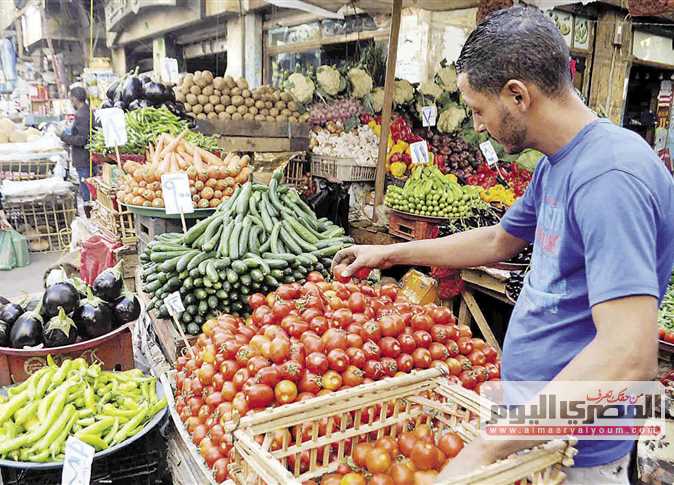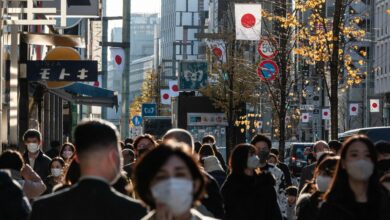
The population growth rate in Egypt is five-fold that of China and eight-fold that of South Korea, said Abu Bakr al-Gindy, Chairman of the Central Agency for Mobilization and Statistics (CAPMAS), at a conference on Tuesday dubbed "Our Population is Our Future".
The conference was organized by the General Federation of NGOs in coordination with the Higher Institute for Cooperative Studies.
The threat of terrorism is nothing compared to the threat represented by population growth in Egypt where economic growth is slower than population growth, Gindy said.
This slow economic growth, as compared to the population growth, will cause a large segment of society to suffer from poor standards of living, Gindy pointed out.
Essam al-Adawy, Adviser to the Social Solidarity Minister, stressed that the population growth is linked to the economic development rate.
"Are we ready as a government and as a private sector to cover the needs of additional one million citizens in education, health care and job opportunities on an annual basis? Unfortunately, in the meantime, we are not," Adawy said.
The population crisis is not solely the government's problem. The private sector, NGOs and the media share this responsibility with the public sector, said Adawy, pointing out that Egypt has about 48,500 NGOs nationwide.
Euromonitor International analysts listed Cairo and Alexandria among the fastest-growing cities in terms of population for 2017.
The population of Cairo is predicted to grow by half a million, while Alexandria's is expected to increase by over 100,000 people in 2017.
Egypt’s population reached 92 million in November 2016, with an increase of one million people in six months, according to a statement issued earlier by CAPMAS.
In June of that year, CAPMAS had announced that Egypt’s population rose to 91 million, also a one million increase since December 2015, according to Aswat Masriya.
"The population growth limits the state’s ability to make a tangible change in the standards of living … since the population growth is not proportionate to the current economic growth rate," the CAPMAS statement read.
Egypt has also seen a 23.7 percent increase in its population between 2006 and early 2016, according to CAPMAS.
Poor areas are the most densely populated, said Gindy, noting that state officials, including those from the Health Ministry, do not play a proper role in raising public awareness, especially in rural areas.
He stressed that neither society nor state officials are aware of the seriousness of this problem in Egypt, which aggravates the situation.
About 27.8 percent of the Egyptian population is currently living below the poverty line, according to CAPMAS survey addressing income and expenditures in 2015, and only 7.7 percent of Egypt's land is populated.




